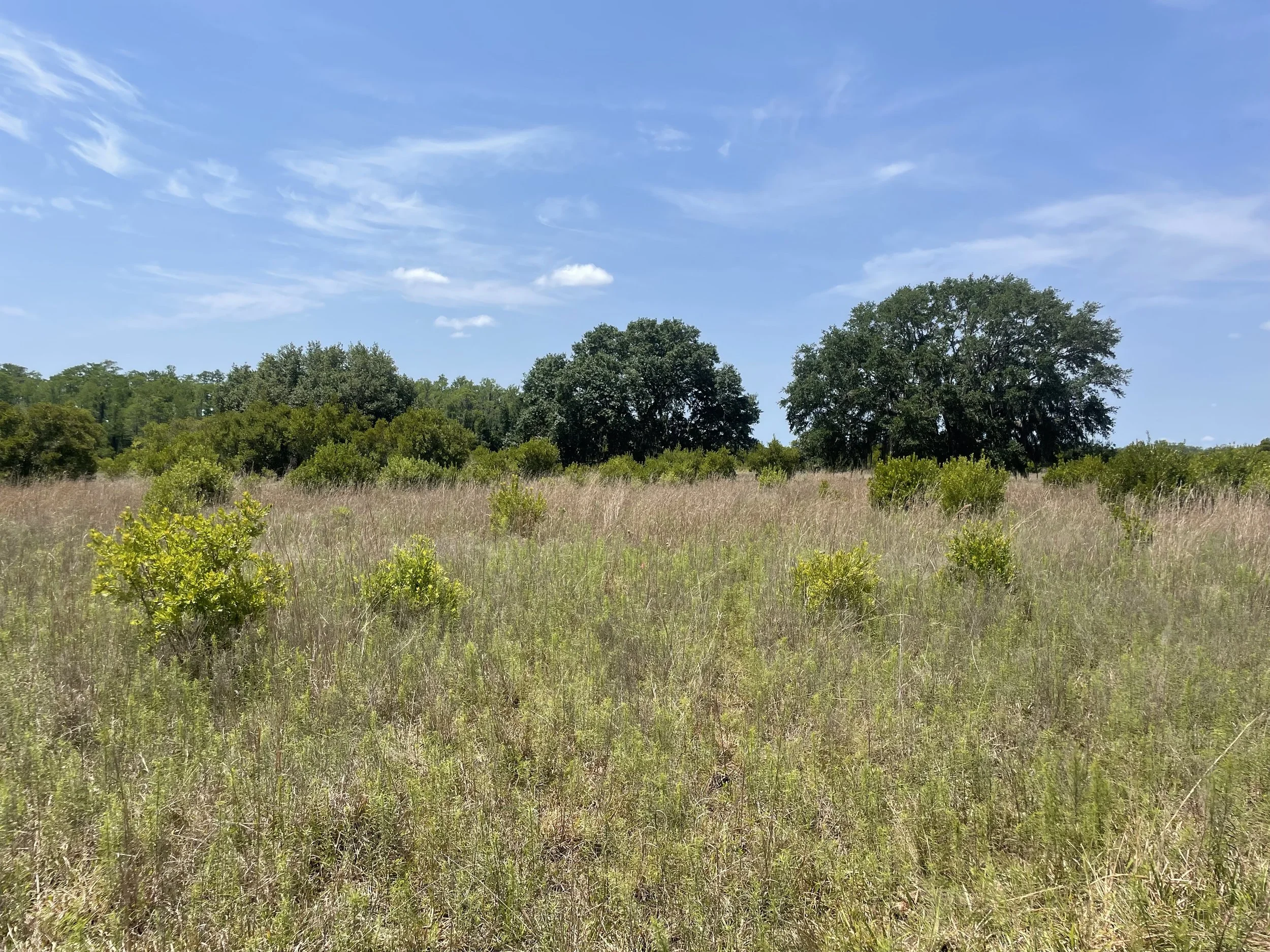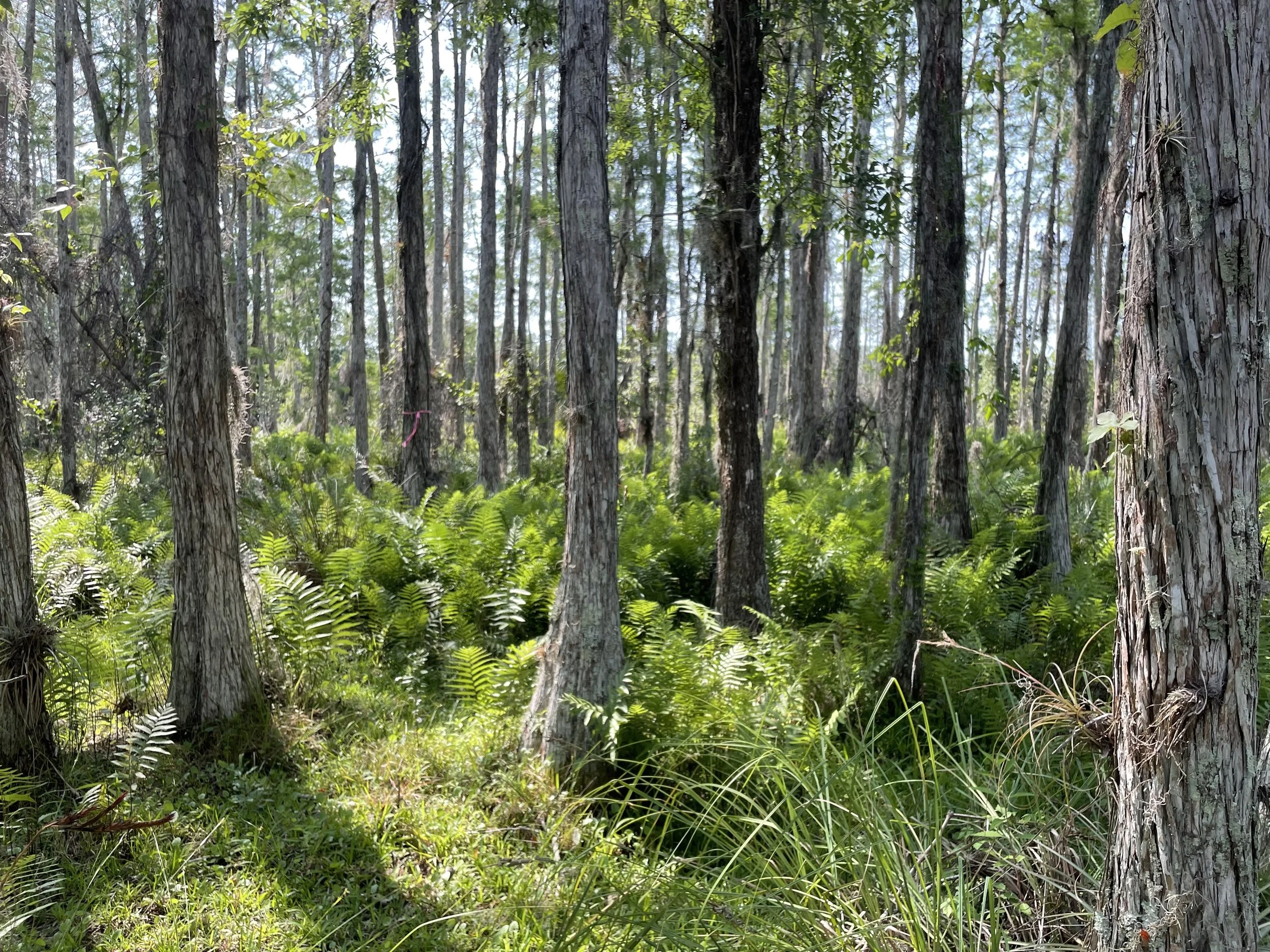
Education: The Hidden Risks of Permittee-Responsible Mitigation
Avoid the Hidden Costs of Permittee-Responsible Mitigation
Permittee-Responsible Mitigation (PRM) often appears cost-effective at first glance, but the reality can be far more complex. Unforeseen challenges such as tree mortality, invasive species, hydrological failures, and prescribed fire requirements can quickly add time, expense, and uncertainty to a project. Add years of required monitoring and the possibility of paying twice if performance standards are not met, and PRM can become a costly burden. Mitigation banking offers a smarter path. When you purchase credits, responsibility for long-term restoration success transfers to the mitigation bank. This provides regulatory certainty, protects against surprise expenses, and ensures the work is managed by experienced restoration professionals. At Revive Ecosystems, LLC, we help developers and landowners navigate Florida’s complex mitigation requirements, delivering solutions that save time, reduce risk, and achieve proven ecological outcomes.

Education: Creating Safe Homes for Florida’s Gopher Tortoises
Learn how gopher tortoise recipient sites in Florida restore native habitats, support wildlife, and help developers meet conservation goals and how Revive Ecosystems can help.

Technical Update: The Benefits of Fire Ecology in Florida
Discover how prescribed fire at Lucky L Mitigation Bank supports wetland restoration, enhances habitat for native species, and promotes long-term ecological success in Florida’s fire-adapted landscapes.

Reserve Lucky L Mitigation Bank Credits Using Our Online Form
Reserve wetland mitigation credits now from Lucky L Mitigation Bank in Central Florida. Submit your request form online today.

Legislative Update: Florida Senate Bill 492 & Wetland Mitigation Banking
Learn how Florida Senate Bill 492 is reshaping wetland mitigation by prioritizing mitigation banks like Lucky L Mitigation Bank, wetland credit transactions, inventory, availability, and introducing proximity multipliers, and increasing regulatory scrutiny for permittee-responsible mitigation. Discover what developers need to know to stay compliant and make ecologically sound decisions.

Education: Wetland Mitigation Credit Pricing in Florida
Mitigation Credits in Florida: What They Are and Why They Matter
Mitigation credits are a vital part of environmental permitting and responsible land development in Florida. Generated by state and federally approved wetland mitigation banks, these credits help offset unavoidable impacts to wetlands, streams, and aquatic resources. This blog explores how mitigation credits are created, how credit pricing works, and why they are critical for developers, consultants, and agencies navigating Florida’s environmental regulations. Learn how to buy wetland mitigation credits, understand credit availability, and make informed decisions in Florida’s mitigation banking market.

Update: The Importance of Mitigation Bank Environmental Monitoring
Environmental monitoring at Lucky L Mitigation Bank is a science-based process of collecting and analyzing data to ensure the health and success of freshwater wetlands, supporting biodiversity, ecosystem restoration, and regulatory compliance. By tracking soil, water, vegetation, and wildlife, the bank detects issues early, refines restoration efforts, and provides transparent reports to regulators, securing credit releases and building trust with developers and investors. This rigorous approach, involving baseline data collection, regular assessments, and adaptive management, ensures long-term ecological success and positions Lucky L as a trusted partner in sustainable wetland restoration. Learn more at www.ReviveEcosystems.com.

Regulatory Update: How the 2025 WOTUS Redefinition Impacts Mitigation Bankers
Read our latest blog breaking down the May 1, 2025, WOTUS Listening Session for Environmental Stakeholders, offering key takeaways from the EPA and Army Corps’ work to redefine “Waters of the United States” following the Sackett v. EPA decision and its impact to the wetland mitigation banking industry.
